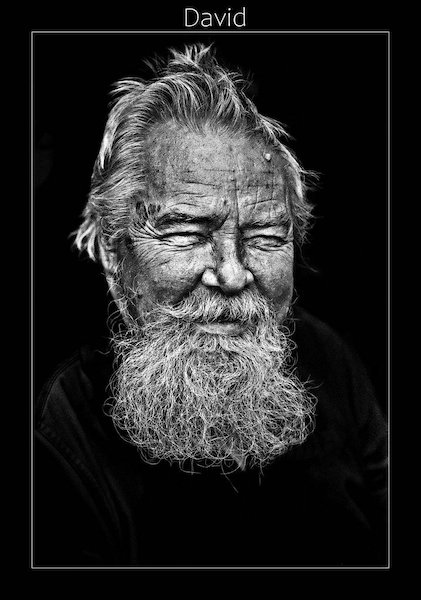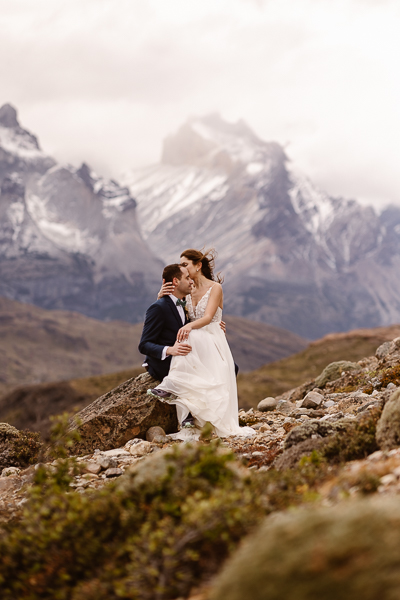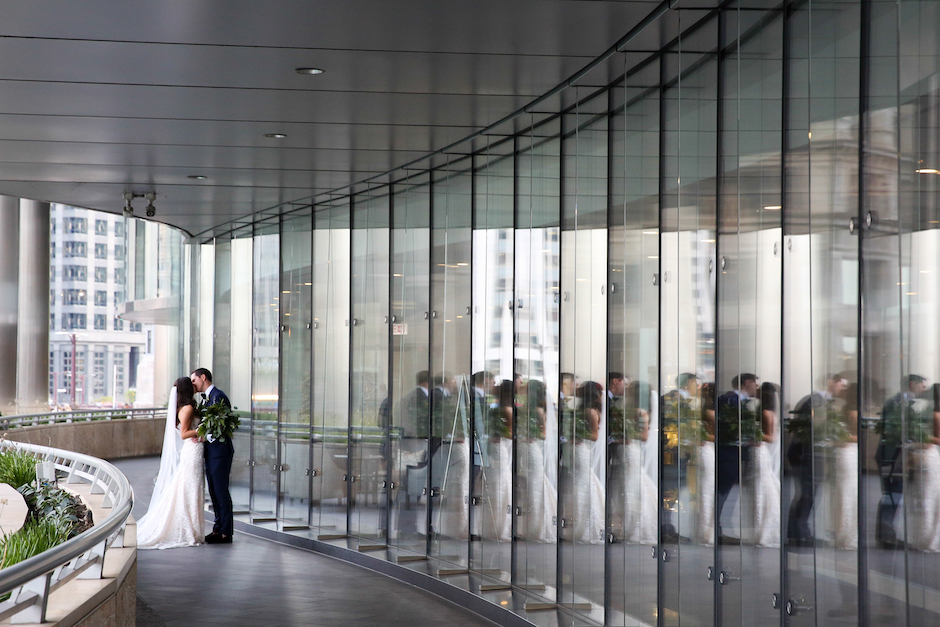Lucia Herrero: Photographer You Should Know
October 11, 2013
Lucia Herrero is intrigued by human relationships and their position within society and the natural world. Although the Barcelona, Spain-based photographer originally studied to be an architect, the camera became her preferred tool for interpreting the world around her. In her environments, people become monuments in compositions that appear to be meticulously staged. They’re often standing stoic and presiding over nature: in one series, walking on water in a Valencia rice field; in another, being dramatically lit as relics of familial hierarchy, lined up beachside; and in yet another, as conquerors of the animal kingdom participating in the ritual of the hunt.
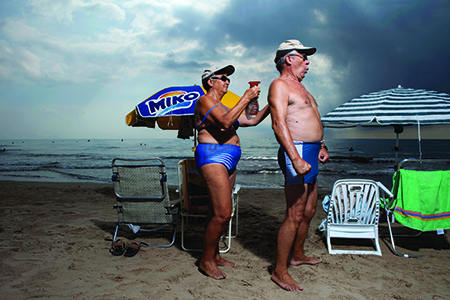
All photos © Lucia Herrero. From her series, “Tribes.”
Herrero refers to her style of shooting as “Antropología Fantástica.” The definition, in her own words, is two-fold: “Antropología makes reference to a science: the study of humans; Fantástica has to do with the conceptual and creative world.” This philosophy has been her modus operandi for the last few years.
Herrero’s work can be placed at the intersection of documentary and fine art. Her subjects are staged within their “found” environment. She does not use models; rather she allows people whom she wants in her projects to “interpret themselves,” while thoughtfully composing them, “as if they were notes on a stave,” she writes on her website (luciaherrero.com). She then goes to work as an artist, carefully arranging the elements within the frame and often lighting her subjects as if for theater.
Herrero says she often works on instinct. “I take a few elements and fly without knowing where I’m going. It’s like improvising in theater. Just trust and risk. I love to be controlled by the development of the creation and not the other way around.”
Though Herrero says she loves vintage photographic processes and has a collection of analogue cameras, she likes the practicality of shooting with her Canon 5D Mark II. “It is a technically wonderful camera that allows me to concentrate on the difficult part: Being a nomad that convinces people to interpret themselves and become part of an artistic project,” she explains. “For sure in future projects I will use different cameras and techniques, always justified by the line of story I want to tell.”
Her resulting vision resembles an anthropocentric investigation of the world around her: “Tribes,” a series she describes as her “baby,” is a dramatic take on the family portrait in which she investigates the hierarchical roles members of a family play within the structural unit, “like a poem of customs that reveal through humor, color and tenderness, the profundity of a whole society,” she explains on her website. Families are grouped on a beach and lit by a spotlight “to isolate the scene,” she says. Herrero shoots with the sun in front of her, offsetting the brightness of the rays with a powerful (1000-watt) studio light.
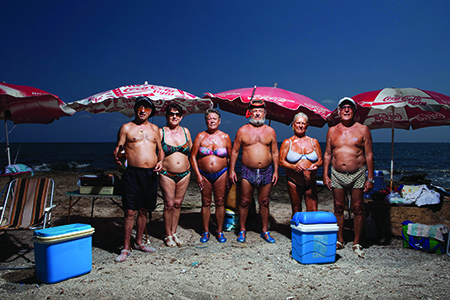
From Herrero’s series, “Tribes.”
“[‘Tribes’] has been my opera prima… the first completely original, pure and mature thing I have done in photography. It also opened a new trajectory in my way to create and use photography,” she says. This direction has allowed her to hone a more dynamic personal style than that which she was making prior to this body of work.
Her series “SPECIES” and “PORC-no-GRAPHIC” follow a similar trajectory in thinking: The former was shot in a Valencia, Spain, parkland, composed of “sweet water and rice fields” and is, she says, “a sociological study where reality and fantasy get mixed.” The images, captured at the Albufera Natural Park, are meant to read as a catalogue of the human species. “Each group relates with this land in a particular way: protecting it, passing by, getting fed by it, exploiting it or simply giving to it their unearthly beauty as a present,” she says. The images are of people who appear to be walking on water, a trick Herrero achieved in-camera, in water one meter deep. “I placed plastic fruit boxes under the water and completed the needed distance with pieces of wood or stones. Very basic and archaic, but this made the project what it is: a performance,” she says.
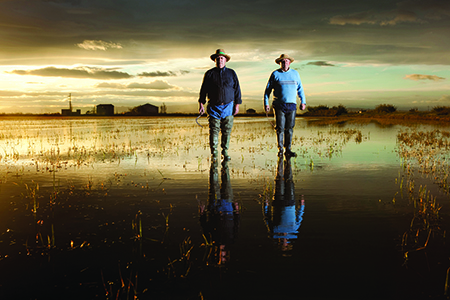
From Herrero’s series, “SPECIES.”
In “PORC-no-GRAPHIC,” she abstracts the flesh of a slaughtered pig, paying homage to the rural Spanish tradition of the killing of the pig. “In this work I investigate the limits of documentary: Where it meets with pure artistic expression, how they differ and how they evolve into each other,” she says in her series statement.
.jpg)
From Herrero’s series, “PORC-no-GRAPHIC.”
Herrero first picked up a camera at age 14 after being taught by her artist mother who “showed her a way of seeing.” She refuses to categorize herself as simply a photographer even though she has won several photography awards and exhibits her work internationally. “One can be many things; that is what I realized,” she says. “I am an architect, an actress, a photographer, an analyst. And on top of that I use a camera to express myself.”
She says her work contains an element of honesty because she doesn’t subject her art to a specific “school” of thought, but rather, “it comes from my personal expression and the technical and human experience of years of practice, study and experiences,” she says. “A long time ago I realized that the best works are the ones you produce for yourself, not for others.”
Herrero brings this background knowledge to her artistic concepts, combining this with formal photographic elements to create her unique esthetic. “My base is documentary, but the approach always has a non-purely journalistic component,” she says. “In each project, the ‘fantastic’ component is different. It could be the added light, the pose, the way of seriating, the introduction of a fictional element in a real scenario (like the project ‘Reindeer-Man’).”
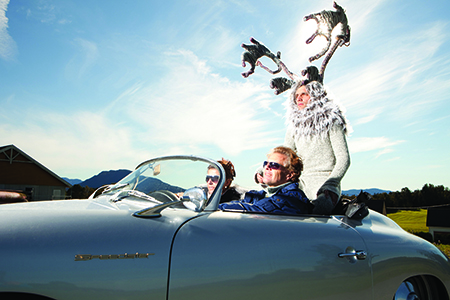
From Herrero’s series, “Reindeer-Man.”
“Reindeer-Man,” her most recent series, is perhaps the most comical and fantastic of them all: In it, a man intermixes with society through his travels in Norway, going about daily activities dressed as a reindeer. The series “takes the shape of a road movie (in photographs),” she explains.
While the series appears staged because of the costuming, she says the journey they took to capture the images was anything but . “There is no script; it is a real trip,” she explains. The act of the public engaging with her photography adds another layer of authenticity to her vivid scenes.
Herrero says she hopes to continue researching and pushing “Antropología Fantástica” to its farthest reaches, but she is open to allowing her style to morph into something new—a style she says can “change drastically from one day to another.”

